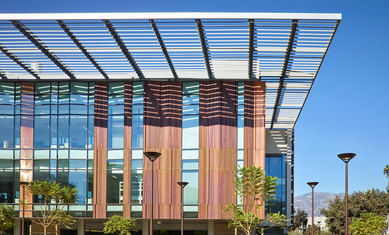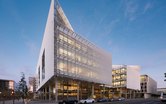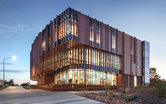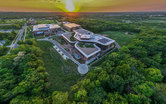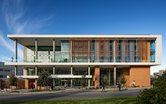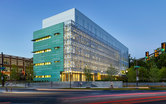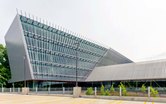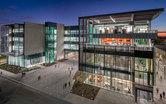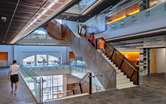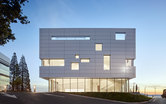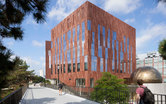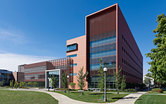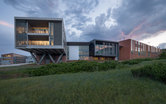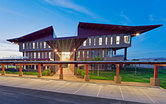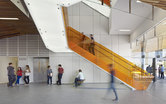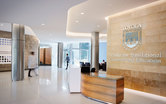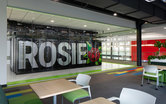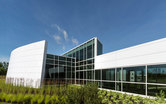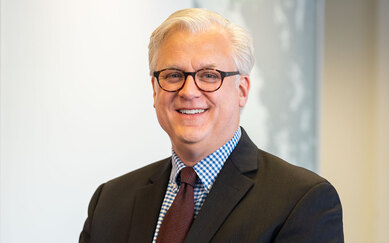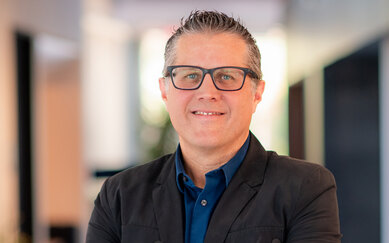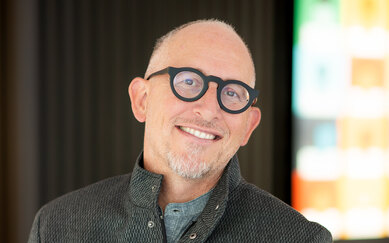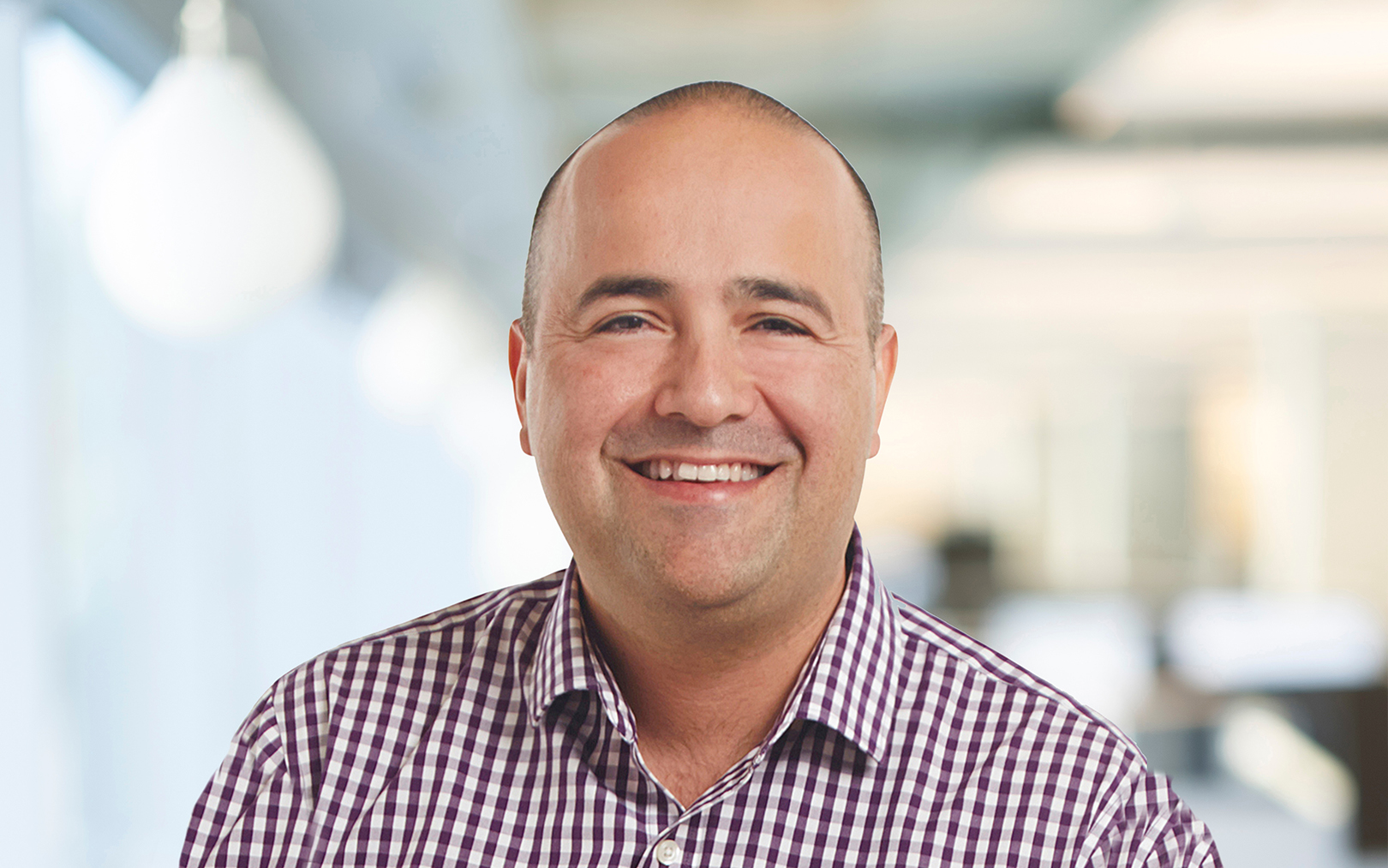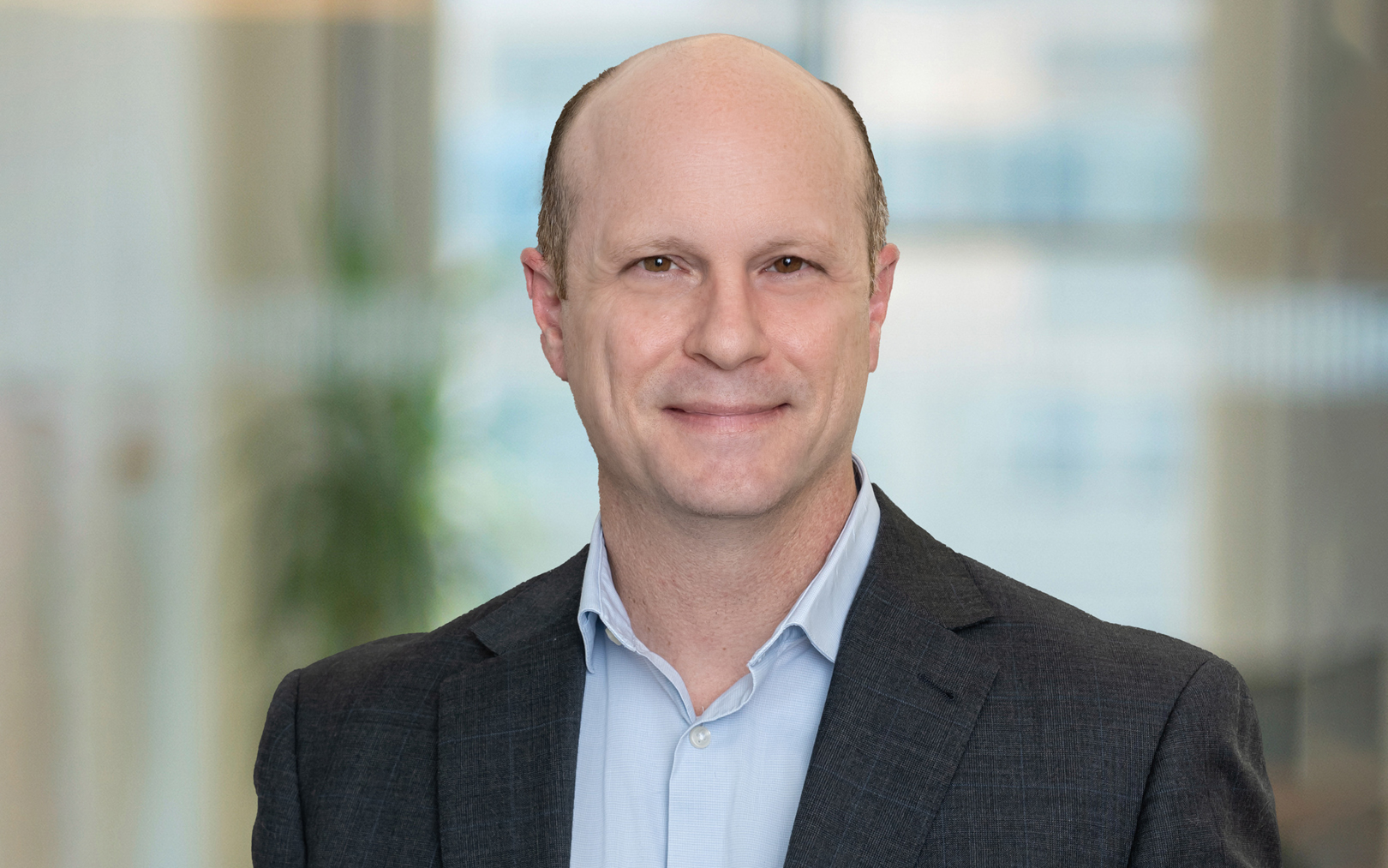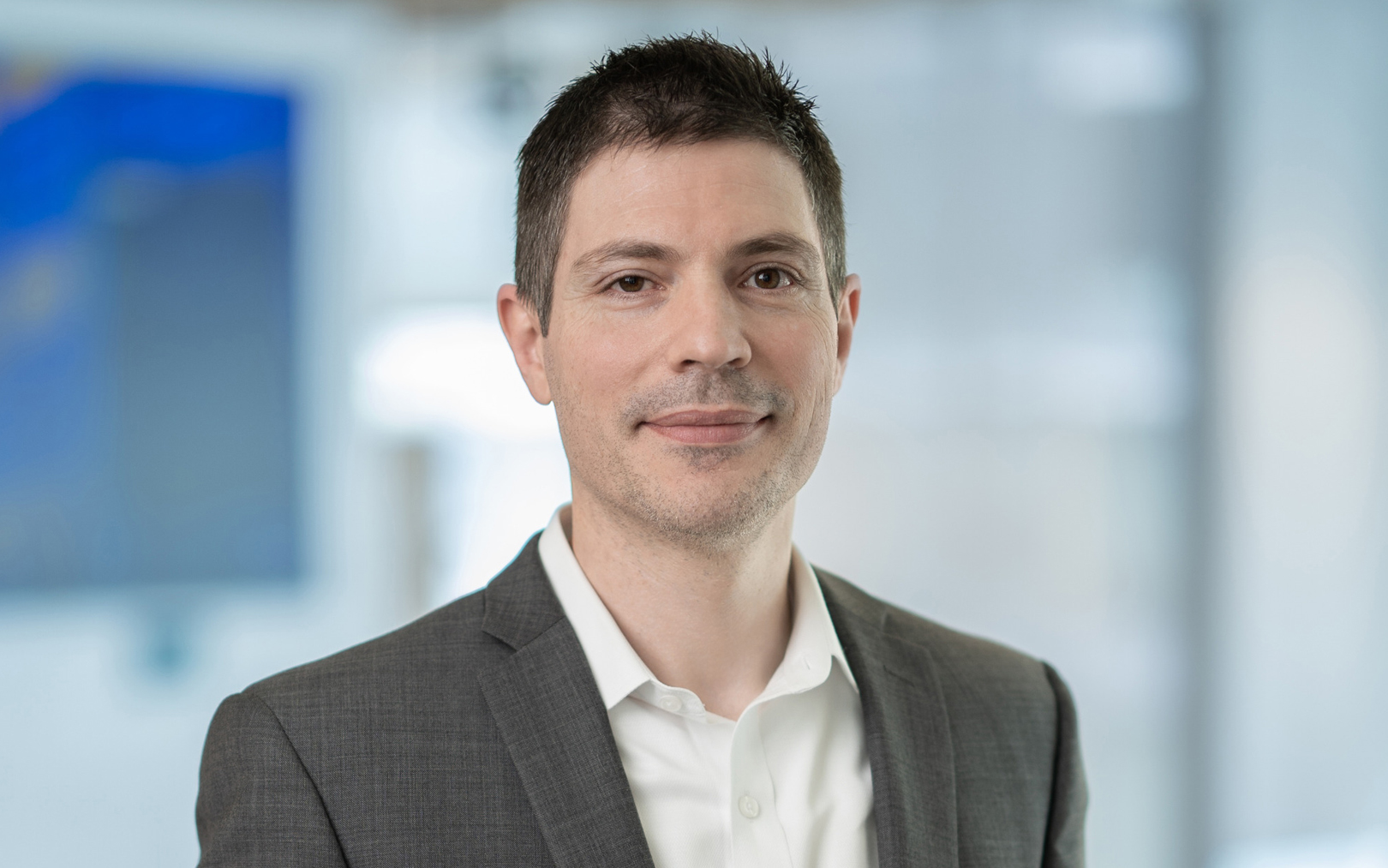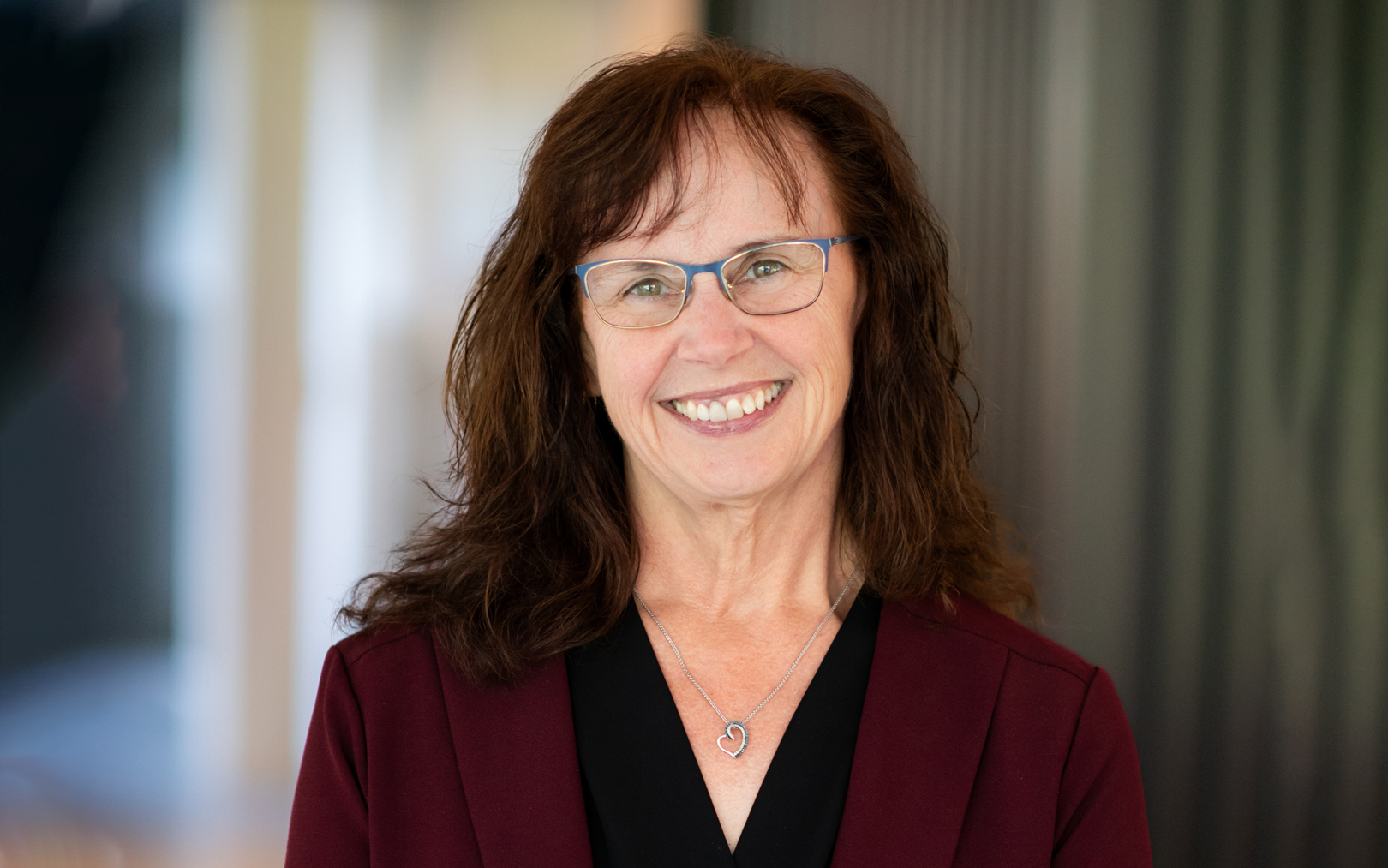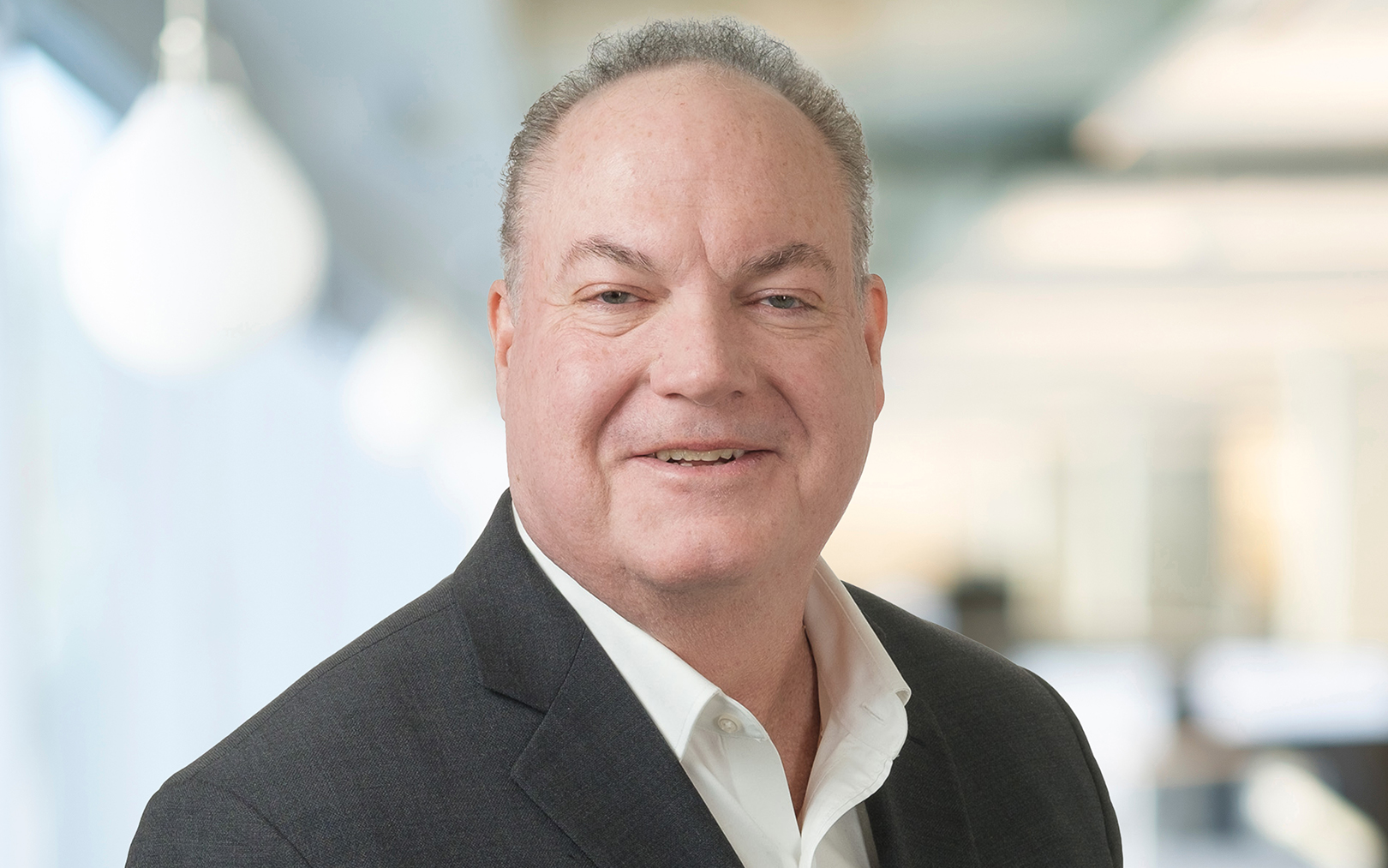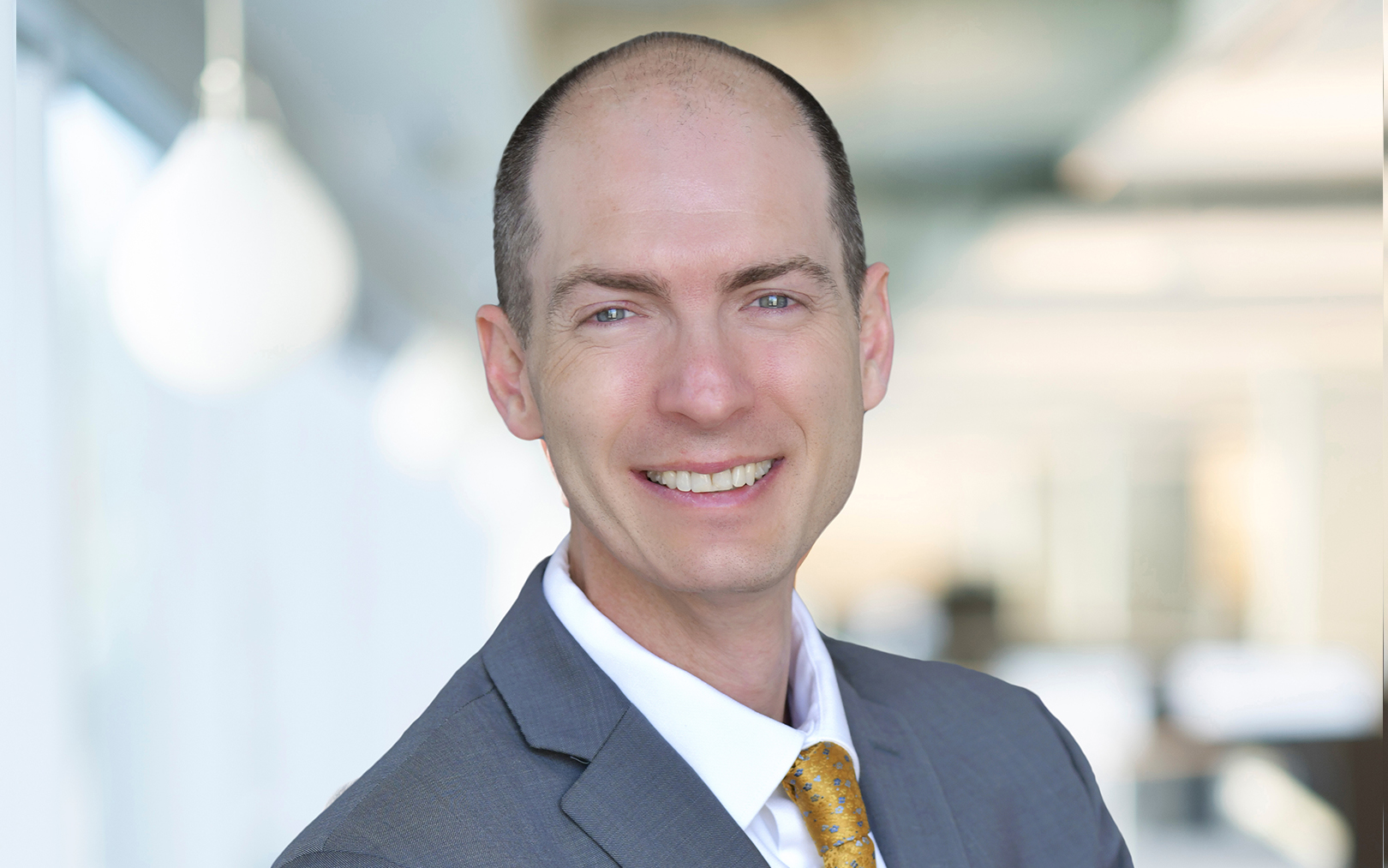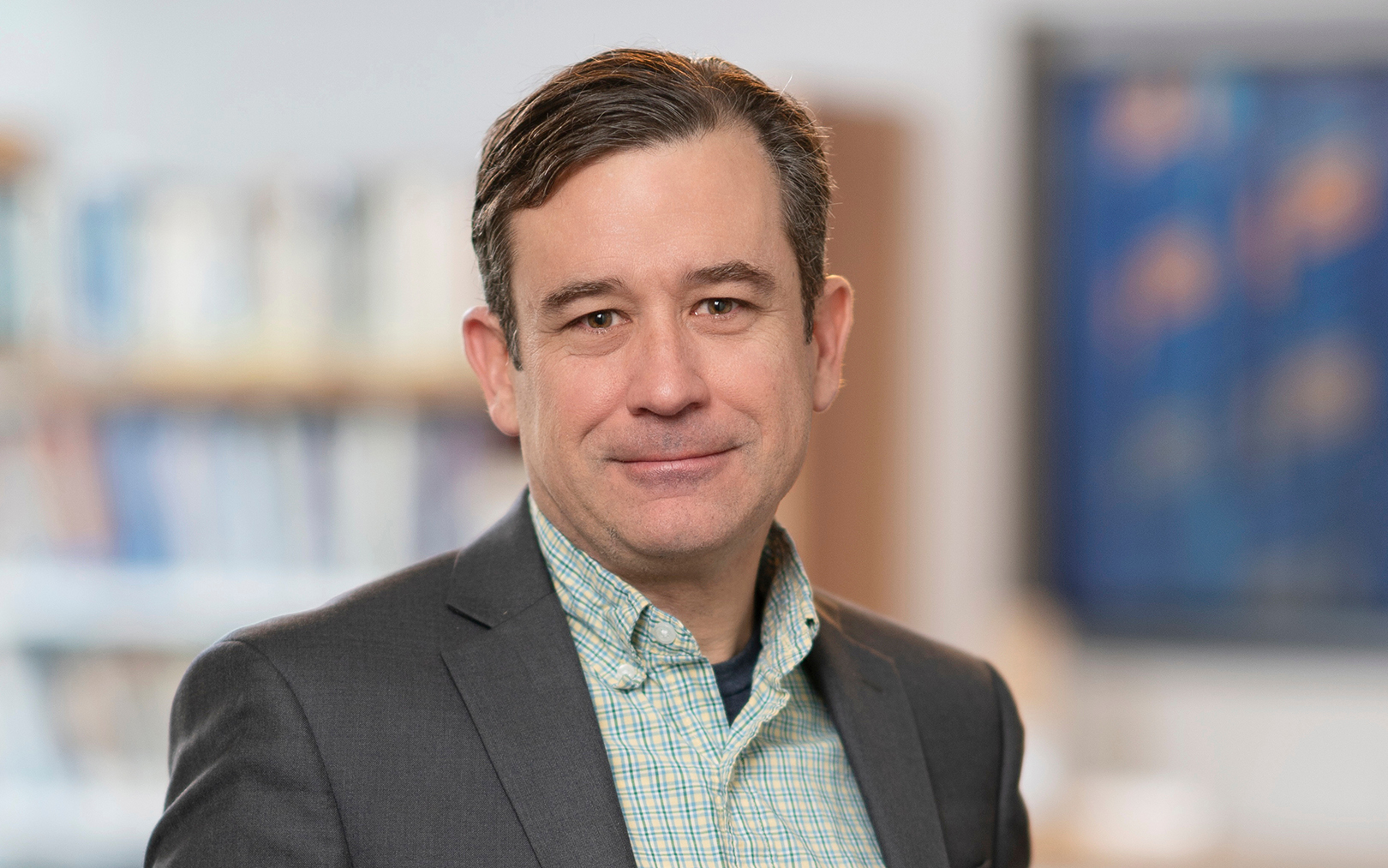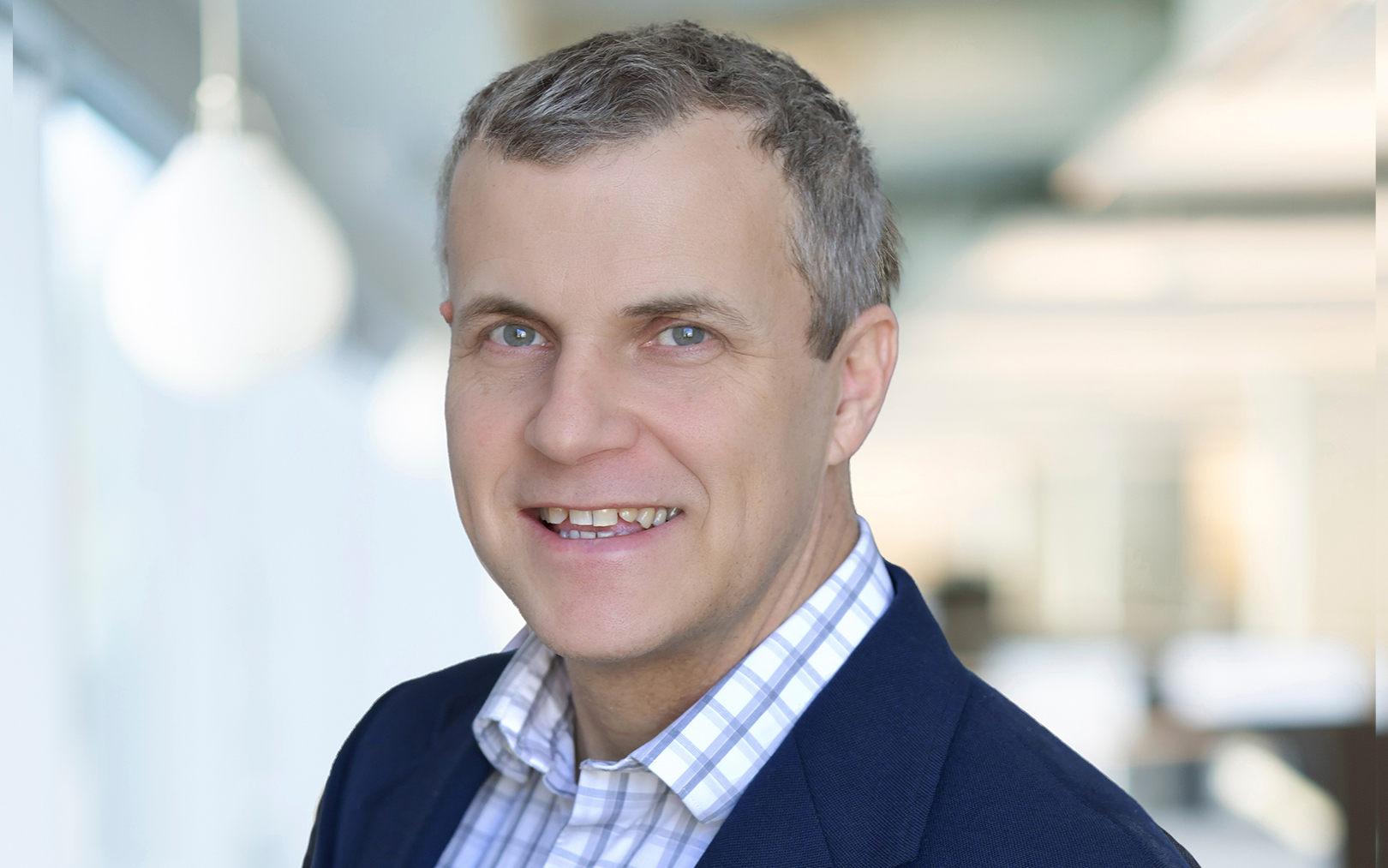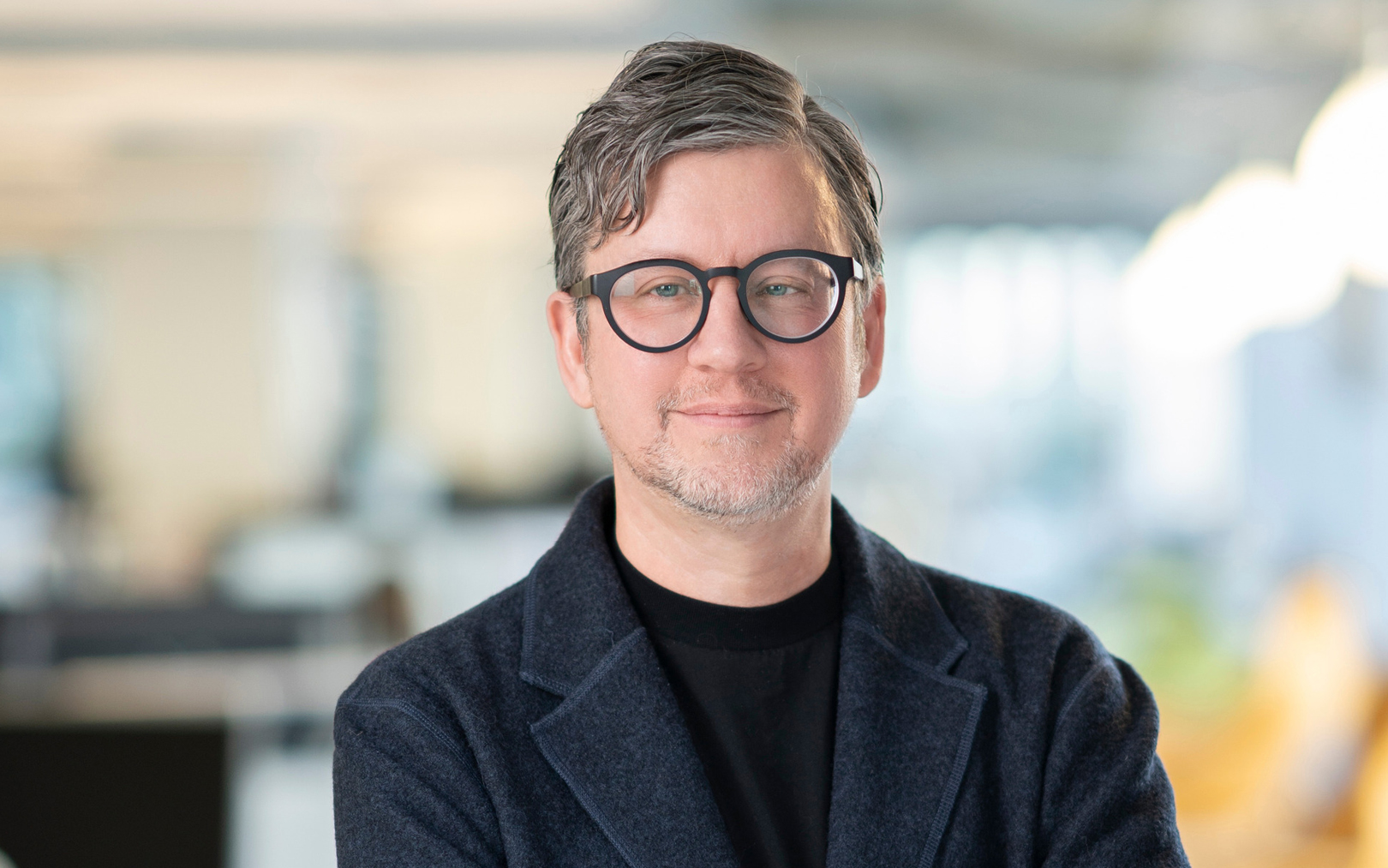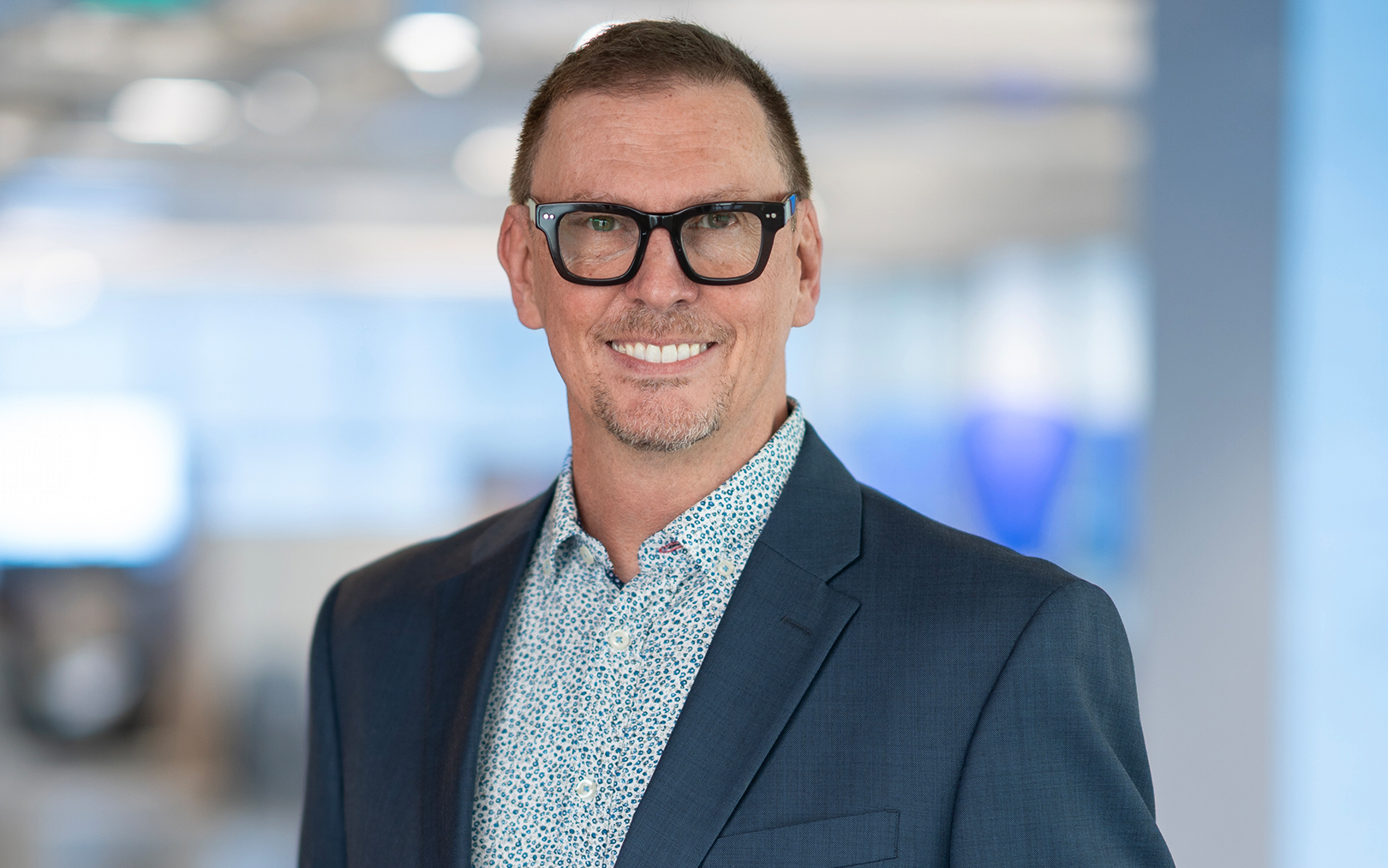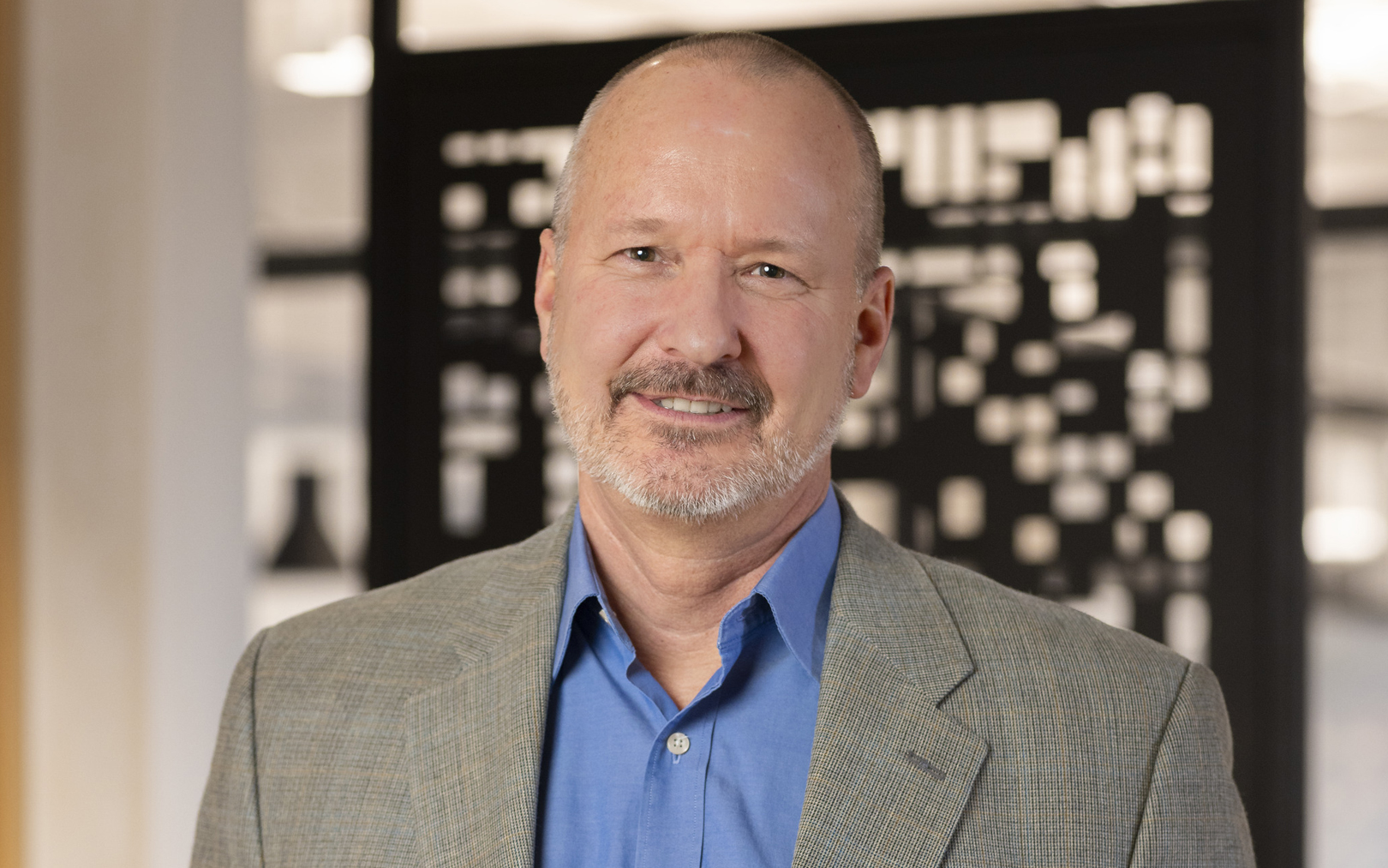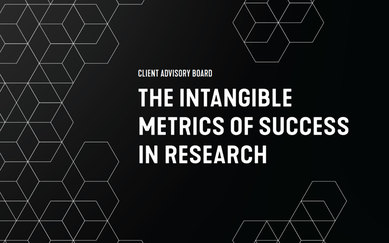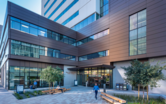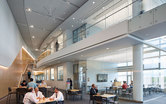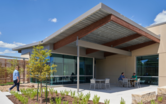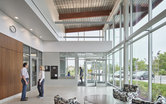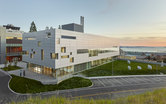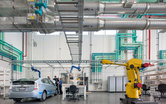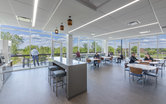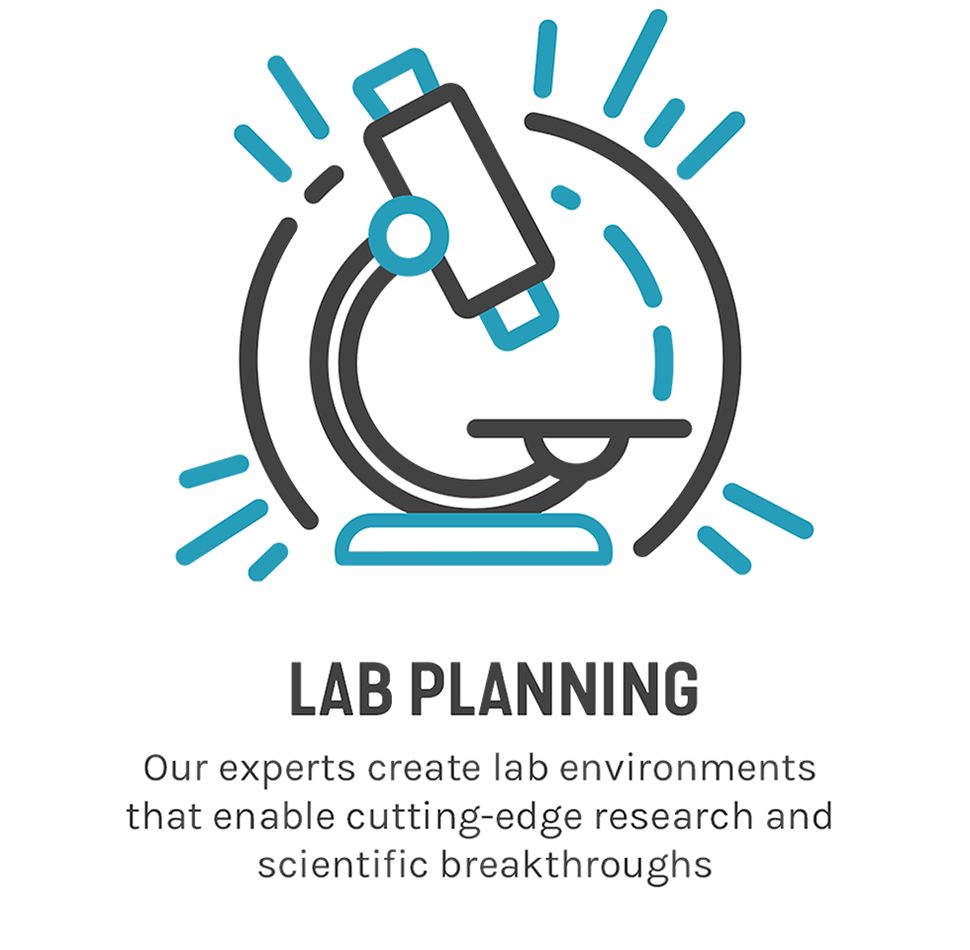SCIENCE & TECHNOLOGY
Advancements in science occur thanks to those who aren’t satisfied with state-of-the-art, who continually seek better solutions and push discovery forward. We design research facilities the same way. Inspired by our clients and guided by our experience, SmithGroup elevates the research environment with unparalleled technical skill and aesthetic. We create designs that lean further into the future, addressing today’s complex needs and to enable even greater innovation tomorrow.
We’re privileged to partner with many of the nation’s leading research institutions in academia, government and the private sector, designing a broad range of projects from National Renewable Energy Laboratories for the U.S. Department of Energy, to emerging technologies, and everything in between. We’re eager to forge ahead with you, to explore the limits of science and technology.
PROJECTS
California Institute of Technology - Chen Neuroscience Research Building
Home to a world-renowned research community, Caltech’s new neuroscience research building represents a new model of laboratory design. It creates centralized hubs for cross-discipline collaboration, with plug-and-play suites that can be modified to suit specialized research needs.
Project Spotlight - The University of California Riverside’s Multidisciplinary Research Building
The University of California Riverside’s Multidisciplinary Research Building breaks different fields of science out of their silos into a collaborative, cutting-edge research environment to advance health and science discovery.
OUR TEAM
Across a global network of offices, SmithGroup’s Science & Technology team brings nearly a century of experience in academic research, corporate R&D, government research, forensics, healthcare research, mission critical, research parks and innovation district design. Our expertise in laboratory planning and design accommodates scale and rapid deployment, understands true project need and brings tools that drive solutions.
LEADERSHIP
Ed Burton, Vice President, Director of Science & Technology
Heading up SmithGroup’s Science and Technology practice is a fine fit for Ed, who thrives in an environment of complexity and change. He began his career working for a small-town practice, designing a variety of small building types. "I realized quickly that I wanted more complicated and much larger-scale projects," he recalls. "Now I work with some of the world’s leading scientists in a time of unparalleled change, not only in research but in the way facilities are created and procured. It’s guaranteed to keep you on your toes!"
Adam Denmark, Vice President, Science & Technology Design Strategist | Director of Lab Planning
As Science & Technology practice strategist and director of laboratory planning, Adam helps create safer, more sustainable lab environments. He specializes in design for crime labs, medicolegal autopsy facilities, interdisciplinary engineering environments, biocontainment labs and research facilities.
Mark Kranz, Vice President, Design Director
As a SmithGroup design director, Mark likes to say, "architecture is not about architects." Instead, he looks to clients, collaborators, contractors and the subcontracting community to be creative in their own ways. This unique approach to design leadership consistently yields results recognized by the design world, the construction industry, and most importantly, our clients themselves.
Atiya Hasan, Principal, Design Director
Atiya was just getting started in her engineering career at SmithGroup when she was tapped for the Facility for Rare Isotope Beams project at Michigan State University. “The rigors of FRIB—high process cooling loads, radioactive hazards, the scale of a $730-million facility—taught me early how to integrate creative thinking and disciplined analysis in my work,” she says.
OUR EXPERTS
Along with the advanced technology, the building itself inspires inventive thinking, fueling us to imagine the unimagined. If your workplace looks like everywhere else, you will end up thinking like everyone else.
Poncho Meisenheimer
Vice President, Research & Development at Promega Corporation
THOUGHT LEADERSHIP
The Intangible Metrics of Success in Research
n the world of research and lab environments, our understanding of the impact of physical space on scientific outcomes and user dynamics can be elusive. SmithGroup created a forum to explore the correlations between lab space and scientific outcomes with a people-centered approach. Given the far-ranging nature of the topics and diversity of scientific endeavor, an equally diverse set of thinkers deeply knowledgeable in research environments enriched the conversation with first person accounts.
ADDITIONAL SCIENCE & TECHNOLOGY MARKET PAGES
Contact Us
Ed Burton
Vice President, Director of Science & Technology
(313) 442-8230
ed.burton [at] smithgroup.com
